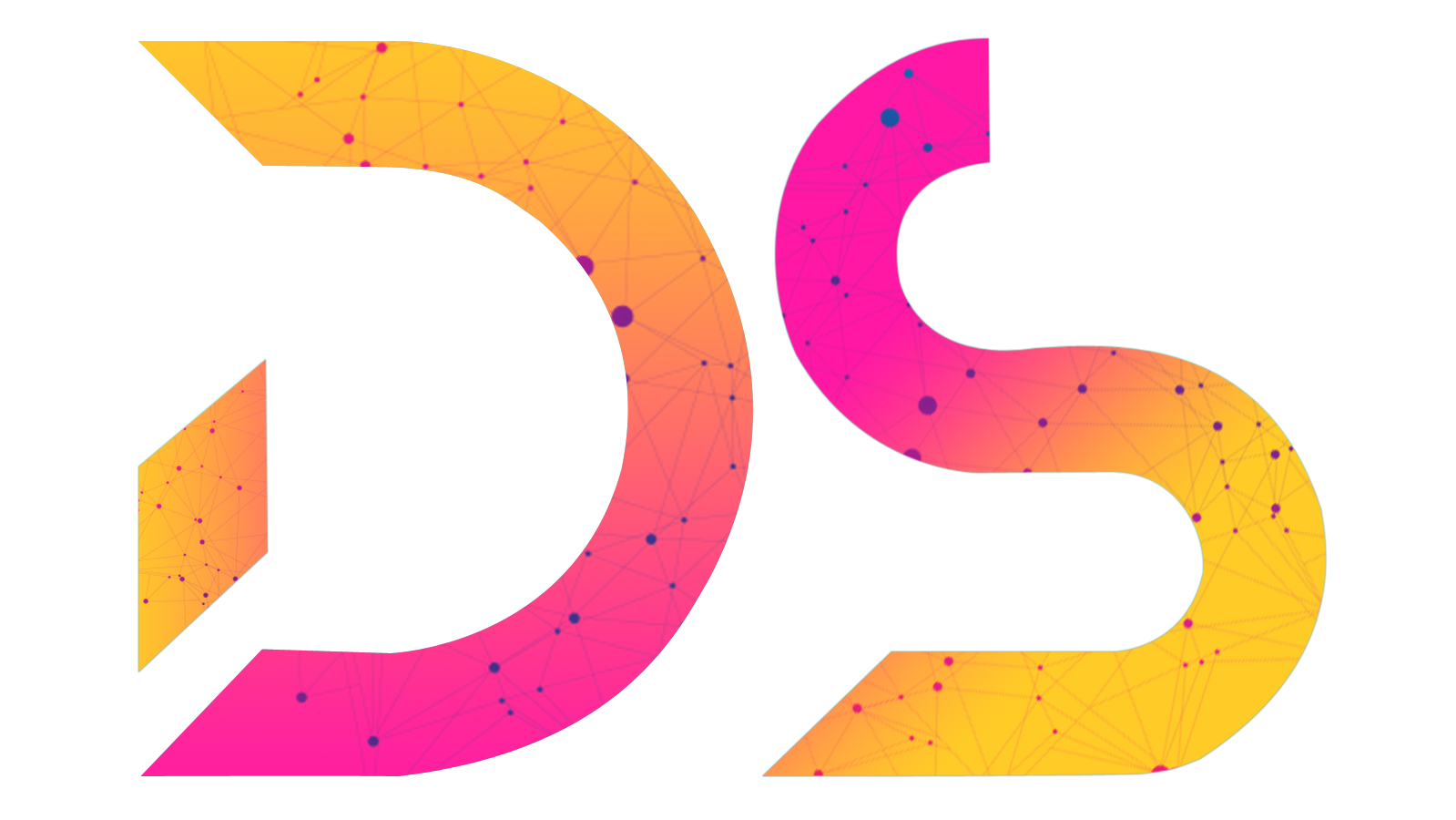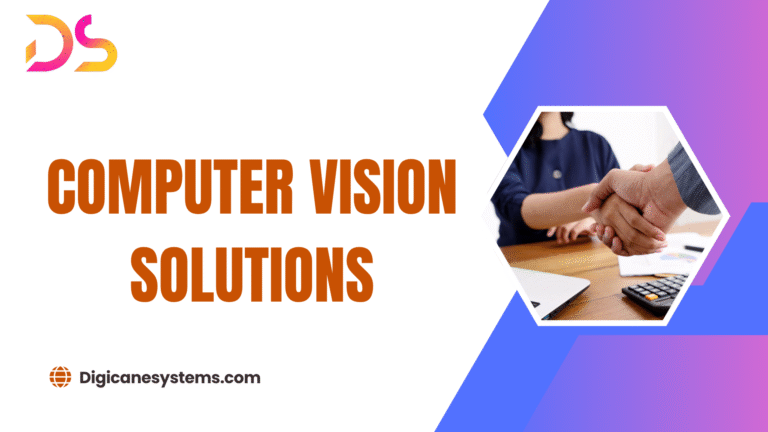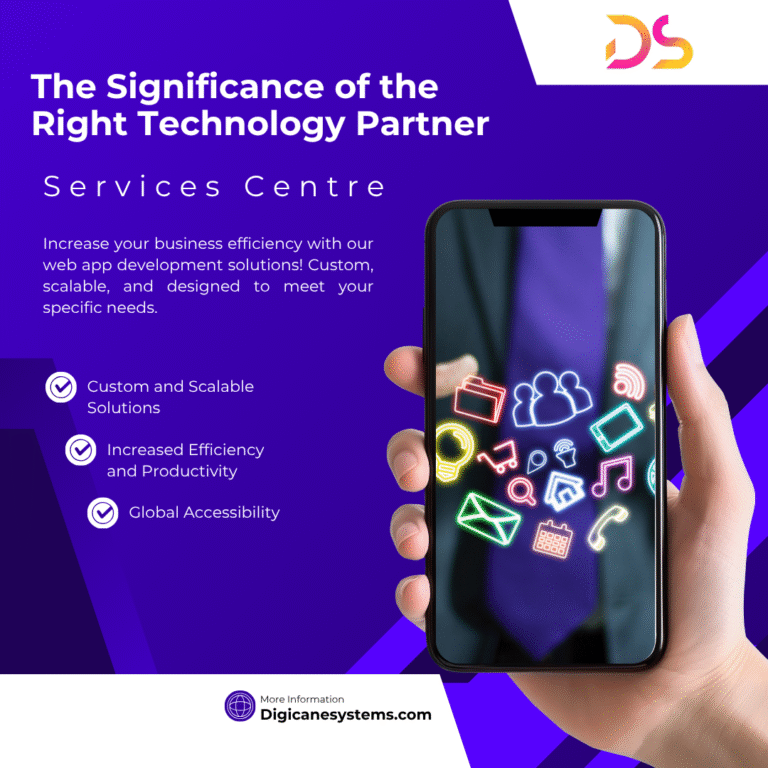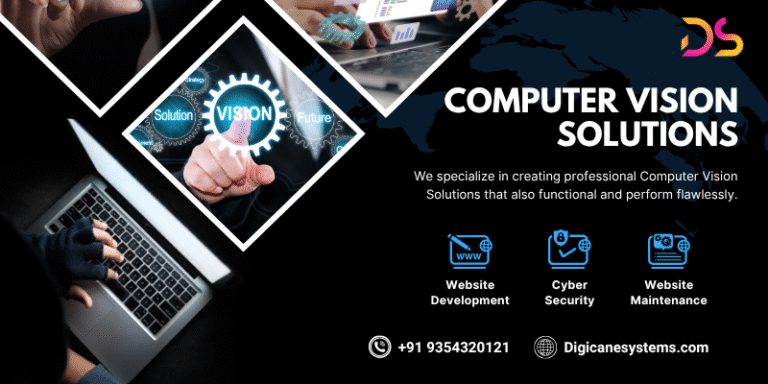Enhancing Customer Service by Computer Vision Solutions
as customer expectations continue to change and businesses are constantly looking for new technologies to transform their strategies for customer service. One revolutionary technology that is changing the landscape of customer service can be described as computer vision. Digicane Systems provides computer vision, that is utilized by companies that are able to unlock an array of possibilities for improving customer interaction, simplify operations and achieve unbeatable level of personalized service. This article focuses on the transformational impact of using the power of computer vision to enhance customer service. We will look at the advantages, challenges and opportunities for businesses that are striving to provide outstanding customer experience in a competitive market.
Enhancing the Personalization and Customer Experience
Computer vision expert services include creating, implementing, and enhancing computer vision solutions that are tailored to achieve specific business goals. These services rely on sophisticated algorithms, machine-learning models deep neural networks, and machine learning models to develop customized computer vision software that analyze visual data to detect patterns and gain valuable insights in real-time. Through collaboration with companies that specialize in developing computer vision companies can tap into their full power of technology that can improve customer experience, improve operations, and boost innovations across a variety of sectors. Digicane Systems allows companies to utilize cutting-edge technology such as face recognition, detection of objects and image classification, which allows to provide specific interactions, targeted promotions and customized services that boost customer satisfaction and loyalty.

The streamlining of operations and the increase in efficiency
Computer vision systems will automate a variety of customer service processes like check-ins, payment and product recommendations. Businesses can cut down on the length of wait time, reduce mistakes, and increase efficiency by implementing automated facial recognition systems for self-service kiosks or check-ins with the ability to detect objects. This method streamlines the speed and precision of service delivery. It also lets staff focus on more intricate customer requirements.
Common Issues that are common Computer Vision and their Solutions
Computer Vision (CV) is changing the face of industries using a myriad of applications, ranging from self-driving vehicles to the augmented reality and facial recognition systems, as well as medical diagnostics. “No industry has been, or is likely to be left out by the advancements in computer vision, in the coming years, new technologies will create new opportunities for market growth and innovation that include: Scene Understanding and fine-grained object and behaviour recognition to ensure security, health and safety, as well as crucial healthcare for patients.” Even with the impressive expansion and growing market value, computer vision has its difficulties.
Contextual understanding
Problem:
Computer vision systems usually require assistance in understanding the context. They are able to identify items in a picture however, understanding the relation between them and the scene may be difficult.
Solution:
Techniques for understanding scenes have been developed in order to address this issue. One field that is particularly difficult that is a part of understanding scene scenes can be described as Concealed Scene Understanding (CSU) which involves the recognition of objects with camouflaged features in artificial or natural settings.
The future of computer vision is in the platforms for tomorrow.
The most recent generation of the latest generation of AI technologies could prove to be a key factor in the development of the next generation of computer vision-based solutions. The current computer vision platforms employ AI to recognize things, events, and things that neural networks are trained to recognize, however the next generation of platforms could use AI to predict the outcomes of events, objects’ states or locations, and the outcomes of actions prior to they take place.
The real challenge for the AI-powered systems of today is their limited understanding. In order for a model “know” the best way to recognize additional objects, it needs to be familiar with the objects. The more knowledge you have, the better training and larger models.





